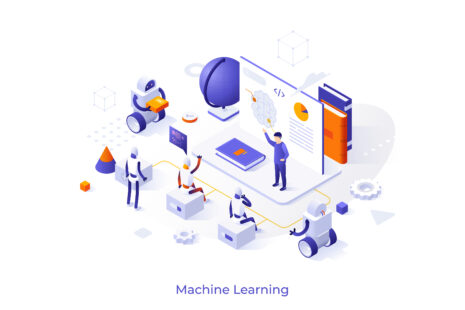Amazon Alexa is an AI-powered virtual assistant, but it’s not a general AI like ChatGPT. Alexa uses a combination of Artificial Intelligence (AI), Machine Learning (ML), and Natural Language Processing (NLP) to understand and respond to voice commands.
How Does Alexa Use AI?
Alexa is built on AI-driven technologies that allow it to…
- Understand Speech – Uses Natural Language Processing (NLP) to recognize and interpret voice commands.
- Learn from Interactions – Improves over time using machine learning based on user interactions.
- Answer Questions – Uses cloud-based AI to pull information from the internet.
- Control Smart Devices – Can integrate with smart home gadgets like lights, thermostats, and security systems.
- Personalize Responses – Recognizes different voices and customizes answers based on user preferences.
Is Alexa a True AI Like ChatGPT?
While Alexa uses AI, it is not a fully autonomous or self-learning AI model like ChatGPT or Google Gemini. Some key differences include.
- Alexa is task-based – Designed to complete specific tasks like setting alarms or playing music.
- Limited conversation ability – Can’t hold long, meaningful conversations like ChatGPT.
- Depends on pre-set commands – Works best with predefined phrases and skills rather than open-ended reasoning.
Is Alexa Getting More Advanced?
Amazon is integrating generative AI into Alexa, making it more conversational and intelligent. Future updates may allow Alexa to handle more complex tasks and provide more natural responses.
Alexa is an AI assistant, but it’s more of a voice-based, task-oriented AI rather than an advanced generative AI like ChatGPT. It uses AI to understand, process, and respond to voice commands, making it a useful tool for smart homes and daily tasks.




